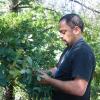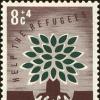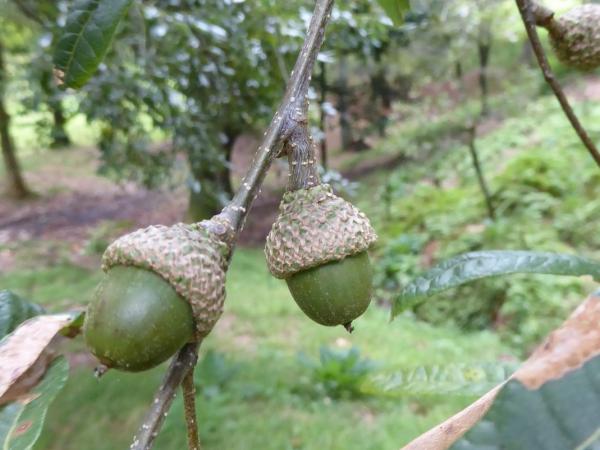Editor's Picks
Plant Focus
Does Quercus cerris Grow In Spain?
When reading about Quercus cerris there was something in particular that bothered me: Linnaeus wrote in his prologue of Quercus cerris (Species Plantarum vol. 2, p. 997), “Habitat in Hispania” (lives in Spain):

However, Quercus cerris does not occur naturally in Spain at all. Roderick Cameron already mentioned this in his article: “Hybrid Highlight: Quercus ×hispanica Lam. - A Non-Hispanic Hybrid”.
I found the solution to this riddle in Greuter & Raus: Med-Checklist Notulae, 5 (1982), where B. Valdés wrote of Quercus cerris L.:
This species has been excluded from the flora of the Iberian peninsula by O. Schwarz (in Tutin et al., Fl. Eur. 1: 63.1964). It was described by Linnaeus from "Hispania", and the original material could well have come from Spain (see Huguet del Villar in Cavanillesia 7: 61–62. 1935), perhaps sent by Loefling [ = Löfling] from the only known locality in Spain: Monte del Pardo [ = Monte de El Pardo] (Madrid), at that time a royal possession and obviously accessible to him. The occurrence of Q. cerris in Monte del Pardo, far away from the native area of the species, is presumably the result of former cultivation. Since it now reproduces itself spontaneously (see Vicioso in Anales Jard. Bot. Madrid 2: 200.1942, and Rev. Gen. Quercus Esp.: 145.1950) it must be considered as naturalized.

collecting material that he sent to Linnaeus for classification.
He may have sent him the specimen of Q. cerris that was annotated as "ex Hispania".
Let’s have a look at what Huguet del Villar wrote in his Cavanillesia (translated from the original in French).
We know that in the forest of El Pardo, a former royal possession beginning at the gates of Madrid, we can recognize specimens of Q. Cerris. In the herbaria of the Botanical Garden of Madrid, samples from the 19th century, collected by Colmeiro, are preserved. Laguna also speaks, in 1883 [Flora forestal española Vol. I, p. 269], of these Cerris of Pardo, as coming from old cultivations or plantations. These cultivations existed in the 18th century. Besides Colmeiro's samples, there is in the General Herbarium of the same Botanical Garden of Madrid an old, small package, numbered 39 (on the inside1) under a cover bearing the name “Rodríguez”. It contains 4 folders: two with the name "Cavanilles", and two under the term "General". All the specimens (with fruits, or, at least, female flowers) are obviously Q. Cerris (in the sense accepted by the authors). On the special labels of the two sheets named "Cavanilles" we read respectively in oblique writing: "Quercus seris", the epithet crossed out and corrected above, "serris"; and "Quercus serris". On those of the other two sheets, in more calligraphic vertical writing: “Quercus Cerris Linn.-ex Hispania-. These are the documents that decide the issue.
The indication of origin "ex Hispania" could not be made in Spain itself: here one would have annotated the precise locality or, at least, the region or the district. “Ex Hispania” could only be written abroad. But, at the same time, it expresses a Spanish origin. These are therefore specimens collected in Spain, no doubt in El Pardo, and sent for consultation or for study, possibly even forming part of the batch used by Linnaeus to create the species, and returned afterwards. This is how it can happen that the Linnaean indication "habitat in Hispania" is compatible with the exoticism (from the Spanish point of view) of the species Q. Cerris L.

(Source: Biblioteca del Real Jardín Botánico, RJB-CSIC: https://bibdigital.rjb.csic.es)
1 The original text reads "en dedans de la famille" (within the family), but a reference to the botanical family does not make sense in this context. It is more likely to be a typographical error for "en dedans de la feuille" (inside the paper).











